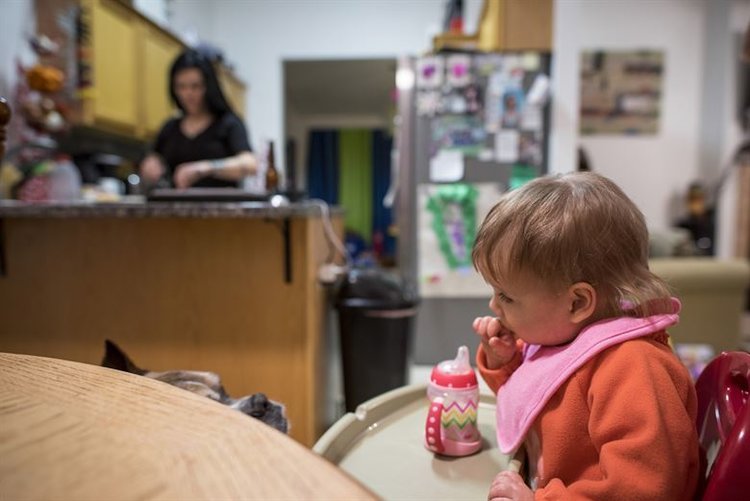Community based assessments - are they worth it ?
Understanding Community-Based Assessments
Picture this: a statutory child protection system that deems child removal from home as the absolute last resort in high risk situations. Some would automatically argue that we have one already but would such a statement reflect the reality on the ground…? We at AGFS would argue that, sadly, it too often does not. In our experience the option of a Community Based Assessment (CBA) is not even considered as a viable alternatively to child removal from home and that may be down to a general lack of awareness such an option even exists, as well as organisational cultures where ‘remove first and then assess later’ is the prevalent approach in our highly risk averse system.
Community-based assessments involve evaluating risk and parenting competencies within their natural surroundings, as opposed to separating them for assessments in unfamiliar settings. The goal is to gain a more accurate understanding of the family dynamics and the environment in which children are raised. But the question remains: do the benefits of this approach outweigh the potential risks? In fact, are there any significant risks inherent within CBA’s at all?
When it comes to ensuring the welfare of children and families in vulnerable situations, assessment is a critical step in the decision-making process. In this article, we delve into the concept of community-based assessments and explore whether they truly live up to their potential-are they worth the attention they're receiving? For clarity, CBAs of which we speak are firmly based in the principle that such are supported by intensive family support provisions within a family home, in principle starting with a 24/7 input which is subject to regular review and intensity reduction when such is determined as safe.
The Multifaceted Worth
1.) Preserving Family Bonds: One of the most poignant arguments for CBAs is their ability to maintain family bonds. Separating children from their parents, even temporarily, can have profoundly detrimental life-long emotional and psychological impact on the child themselves and indeed their parents and other family members. CBAs aim to avoid these separations where possible.
2.) Positive outcomes: In our professional experience CBAs help significantly reduce the number of children in long term care. Once a child is removed, it can be difficult for professionals to recommend rehabilitation where risks linger. It can be argued that there is no downside to CBAs because if a child needs to be eventually removed for their own safety, this is supported by a comprehensive assessment based on intensive monitoring within a family home.
3.) Targeted Parenting Support: Imagine assessing parenting capacity and ability to change whilst offering the parent targeted support and feedback on a daily basis. This real-life preventative approach and real-time troubleshooting actions, and when intertwined with parenting guidance and support, provide families with the best possible opportunity to learn and thrive in a child-focused environment.
4.) Cost-Effectiveness: Financial considerations play a pivotal role in child protection and care proceedings. Traditional residential assessment units or long-term care placements (if available at all!) are financially burdensome for local authorities in the long-term. CBAs can lead significant savings based on the simple premise that the child remains at home where possible.
5.) Emotional Well-being: Temporary or permanent separation can be devastating for all those involved, including removing from parents the incentive to try harder and to avoid the downward spiral into risky behaviours and addictions that may be fuelled by a sense of despair and hopelessness. By helping assess families in their home environment, CBAs serve to mitigate against generational consequences of child removal.
The Takeaway
Are CBAs worth the investment of time, resources, and effort? The answer seems to be a resounding "yes." From preserving family bonds to offering a real-life glimpse into families' lives, the benefits are undeniable. Moreover, the financial savings and emotional well-being these assessments promote make a strong case for their adoption, nationally. Local authorities should examine the case example of Norfolk County Council, which has made the CBA the ‘go to’ assessment model in their area, with local courts’ collaboration/approval and with great success in reducing the number of children in care. NCC have achieved this via a development of their own in-house Family Support resources and contracting in independent services.

